The conversation of silicone-based skincare is a rather complicated one for those who don’t don a professional lab coat (or recall a crumb of information from Year 12 chem). A common but confusing skincare ingredient; we thought we’d break it down to better understand their use.
What are silicones?
Silicones are a family of synthetic ingredients, of which silicon (Si) is a key element. Surprisingly, they do have a natural origin, beginning as a mineral which then bonds with oxygen to form silica. It is quite an extensive chemical process to then get from silica to silicone, which is why they can most definitely not be labelled as a natural substance.
Hot tip! Want to know if one of your skincare products contains silicones? Look for ingredients that have -cone, -conol, -siloxane and -silane at the end of their name.
How and why are silicones used in skincare?
The function of silicones is very dependent on the type of silicone used (they are quite chameleon-like!). Some have a skin-soothing emollient effect, others are more barrier protective occlusives, some serve as carrier fluids to help product glide on effortlessly and evenly, and they often contribute in achieving that velvety finish we’re all so obsessed with.
Generally speaking, silicones make skincare feel really pleasant on the face and body, and can do so at very little cost to production. Hence their mass popularity. They are also a very stable component of skincare that is unlikely to react with other ingredients and cause irritation or discomfort.
But they’re not a go-to ingredient in the peach lab?
With allll that in mind, it’s quite a (humble) feat that we can create such face-glowy, super-hydratey, feel-goody products without using silicones, right?! Right.
We are proud to be 100% silicone free across the entire Go-To range, creating cosmetically elegant sunscreens and moisturisers (this is where silicones are most commonly found) that are as natural and sustainable as can be. There are concerns that some silicones (cyclomethicone D4, D5 and D6) because of the way they are synthetically made, don’t break down and are persistent in the environment. This has even triggered Europe to announce new regulations which heavily restrict their use in cosmetics for this very clean and green reason.
What’s more, some silicones (larger dimethicones) can:
- Repel water and don’t rinse away easily,
- Trap oil, dirt and dead skin cells, and,
- Act as a barrier to prevent other products from sinking in.
Essentially, a LOT of work goes into finding suitable alternatives for silicones that are still able to provide the same sensory (slip and glide) appeal as products and brands who choose to use this ingredient.
It makes the life of our formulations team a touch more difficult, sorry Nathan, Nick, Ingrid, Mercedes, Erika… Finding that winning blend can sometimes be a tedious (years long!) process. Like our newest baby for example, Nifty Fifty, she was cooking in the peach lab for six whole years with 100+ formulas made before we landed on the non-greasy and lightweight version now available.
For sunscreen specifically, silicones help to disperse sunscreen filters, but that’s where our very-carefully-selected next gen filters come in. More on that here.
Go-To Nifty Fifty SPF 50 Broad Spectrum High Protection Sunscreen. ALWAYS READ THE LABEL AND FOLLOW THE DIRECTIONS FOR USE.
Avoid prolonged sun exposure, and make sure you re-apply frequently in accordance with directions. Remember, sunscreen is only one component of sun protection so always wear a hat, protective clothing and eyewear when you’re in the sun.
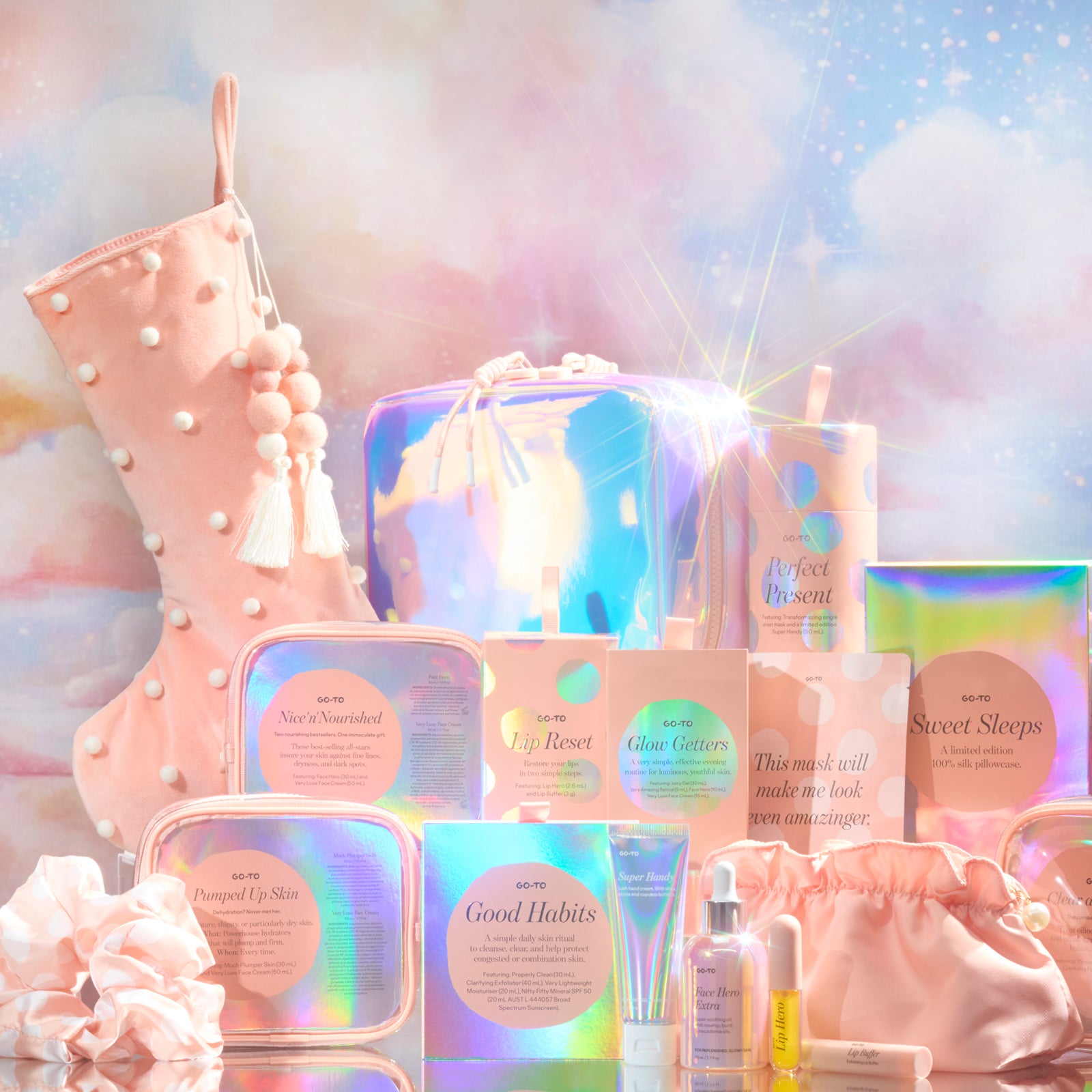

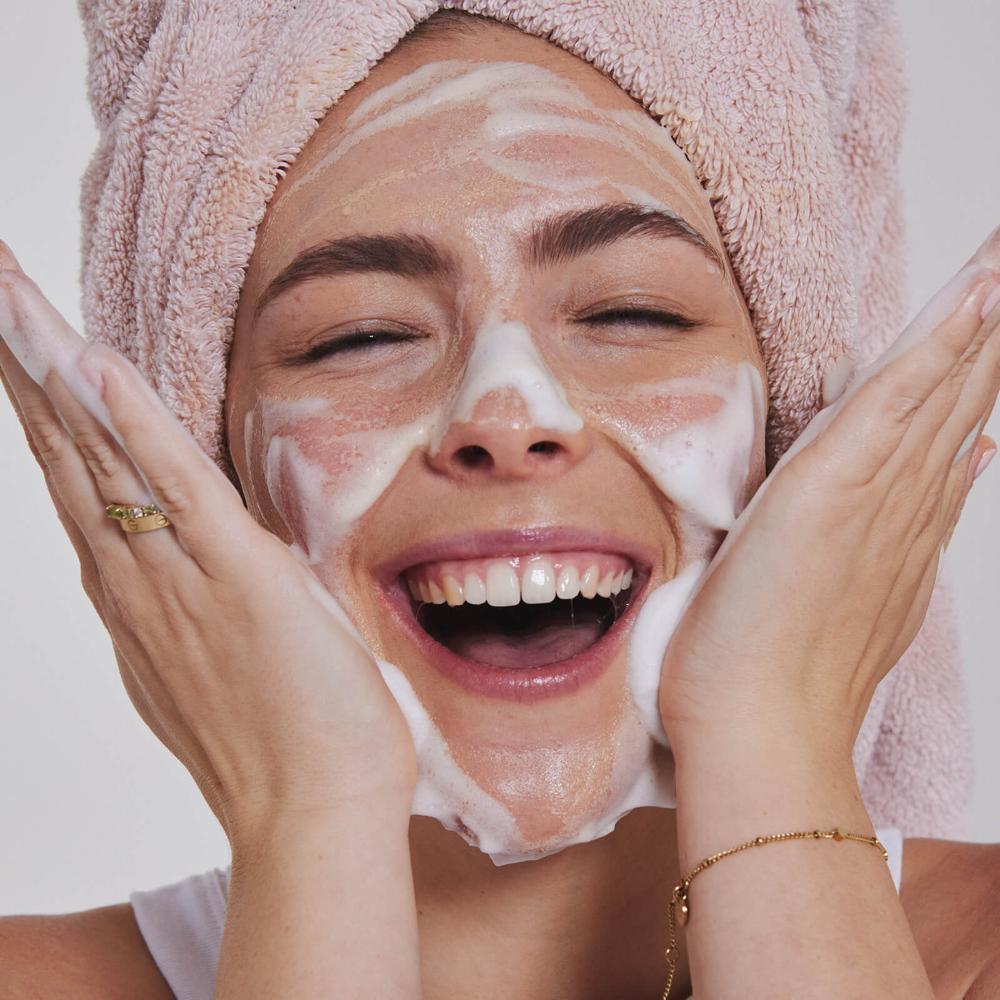
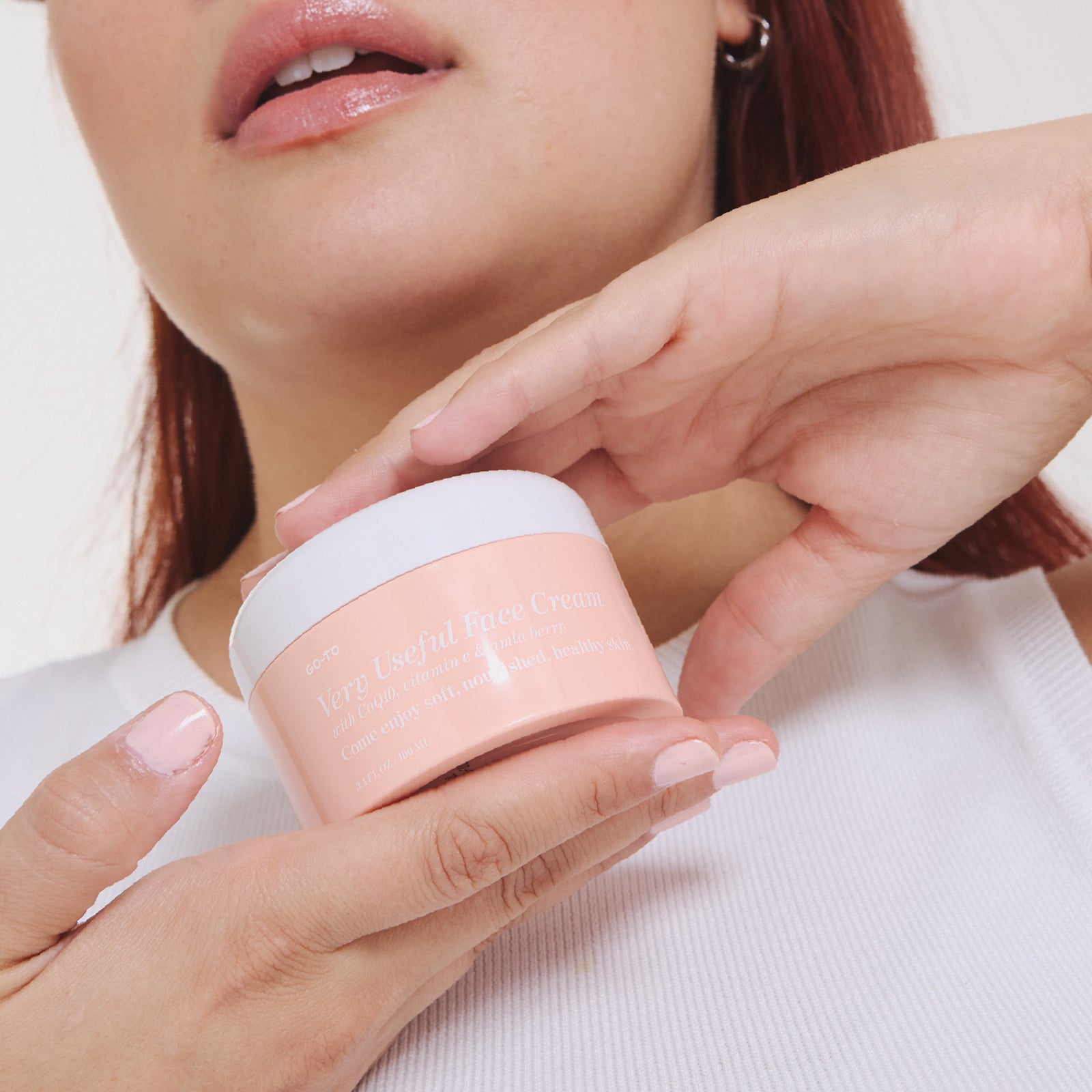
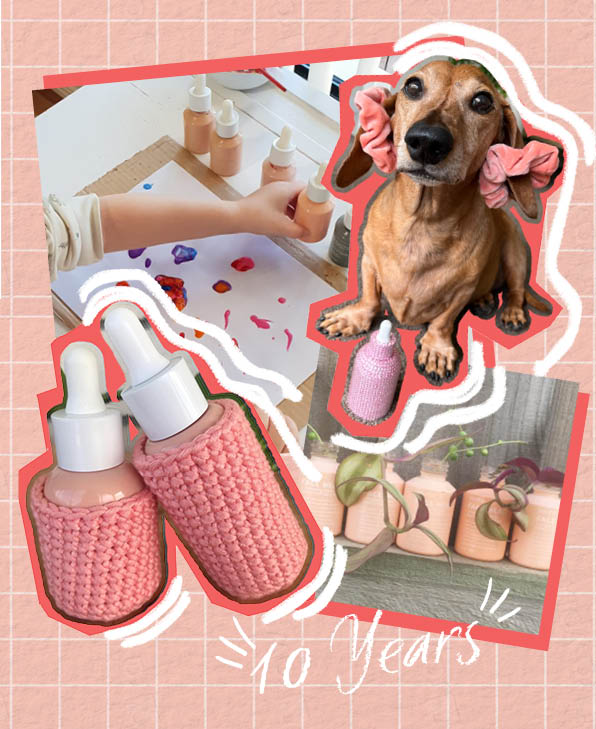
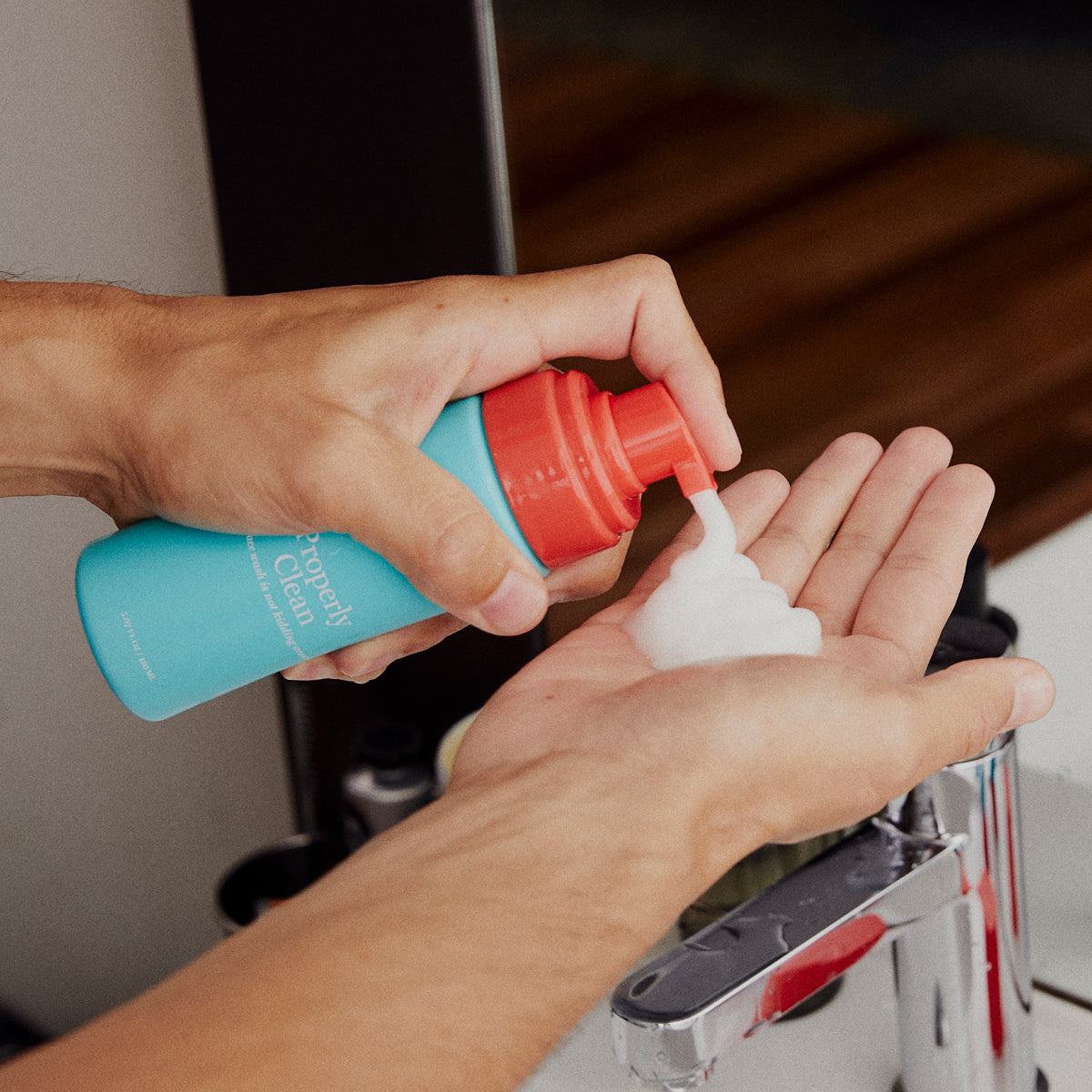
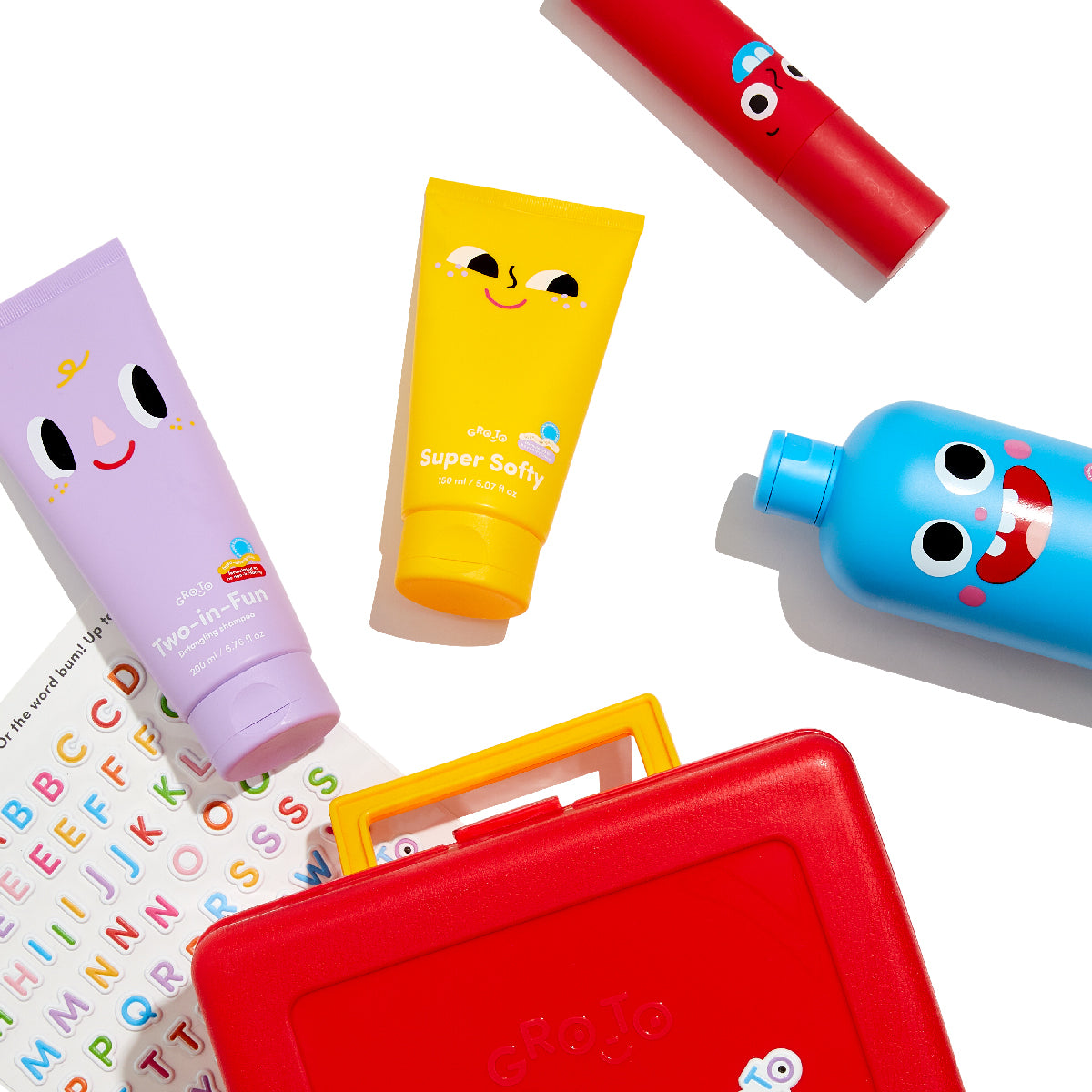
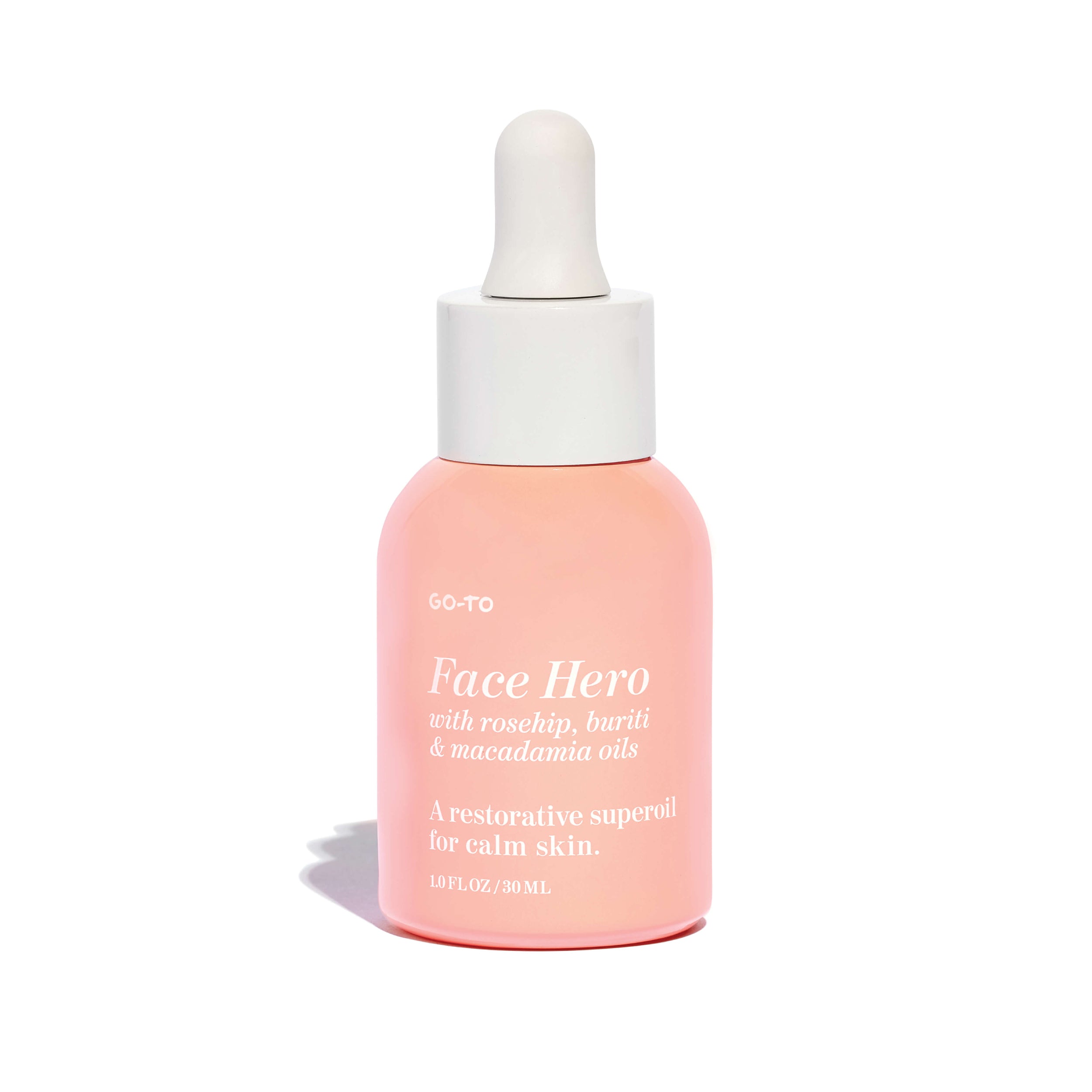
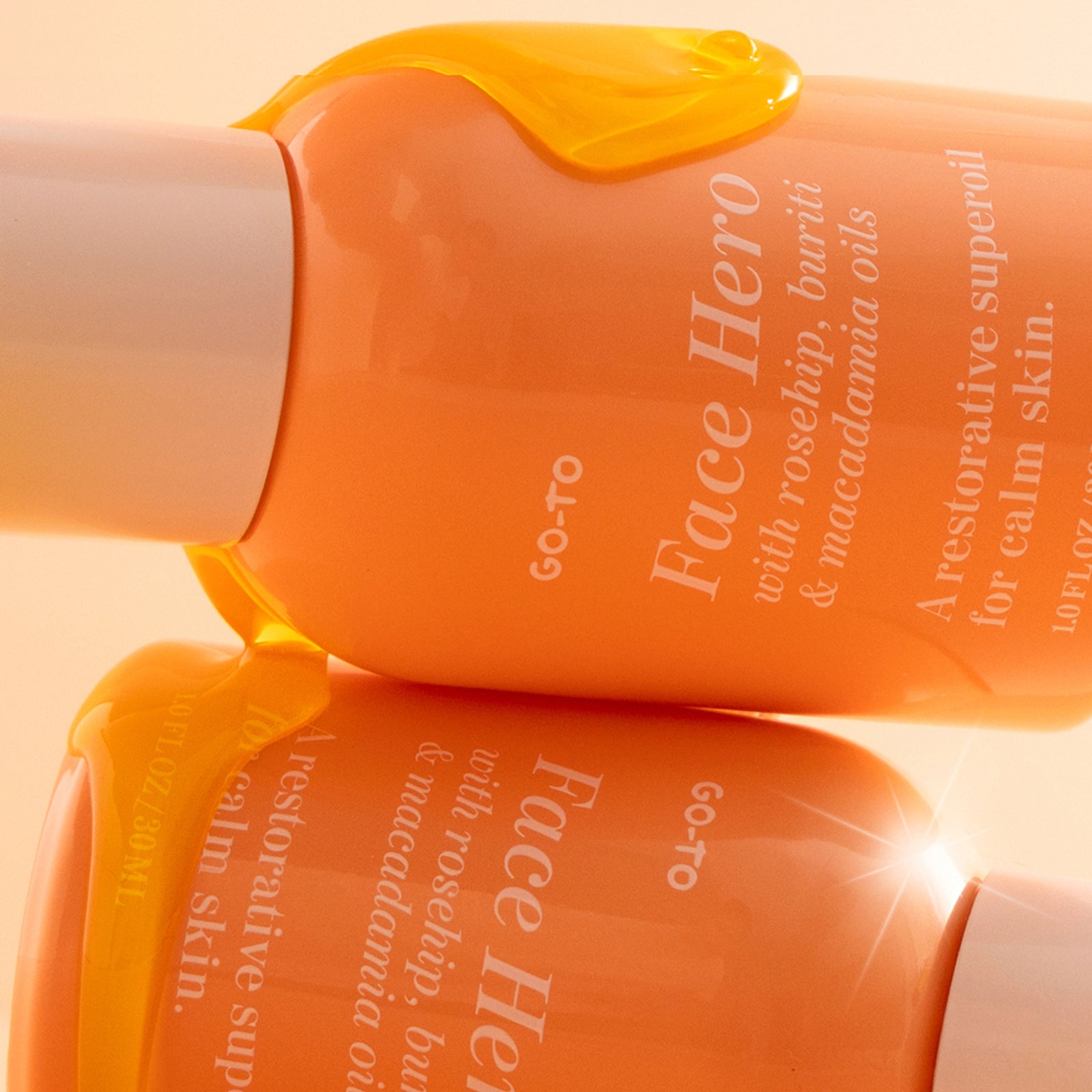
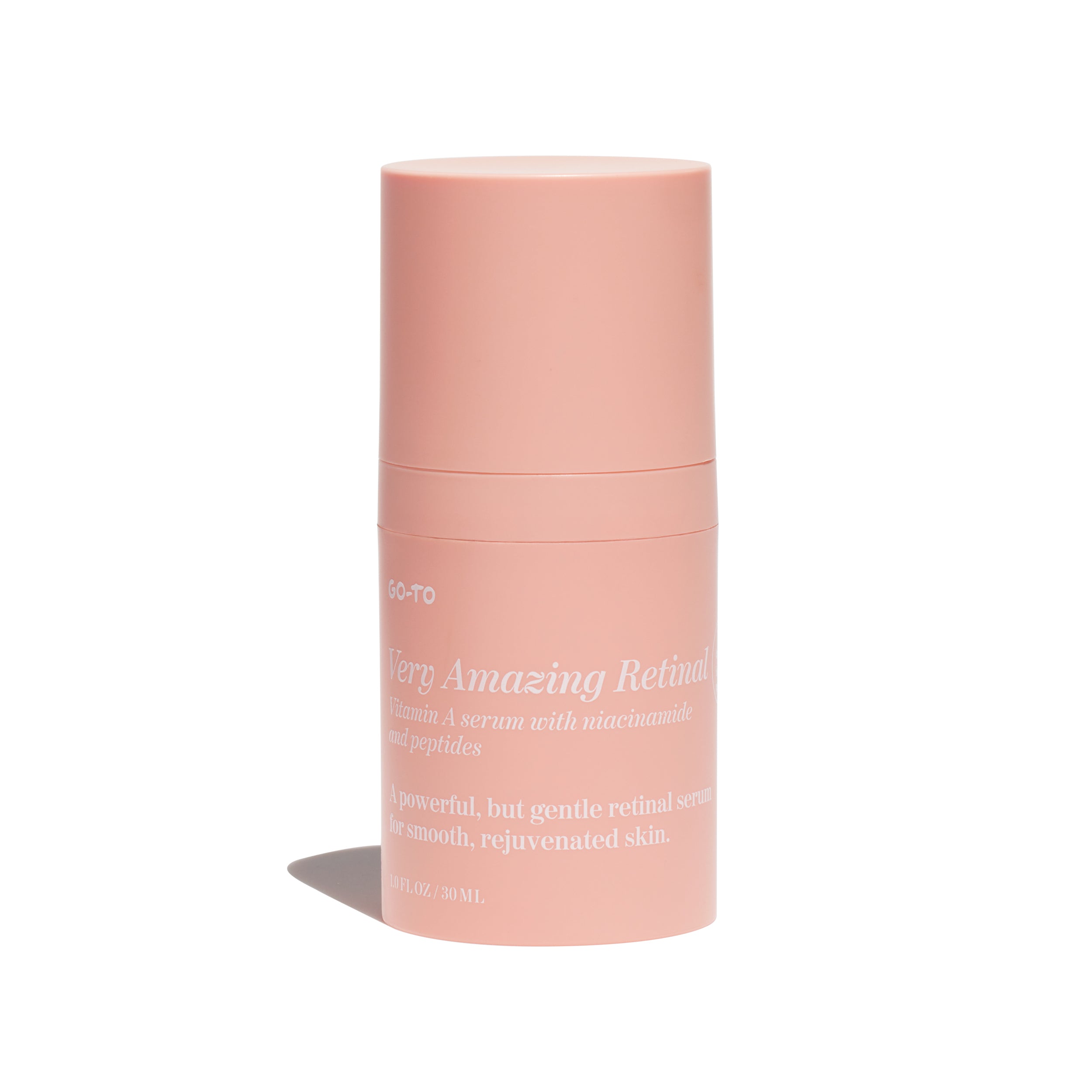
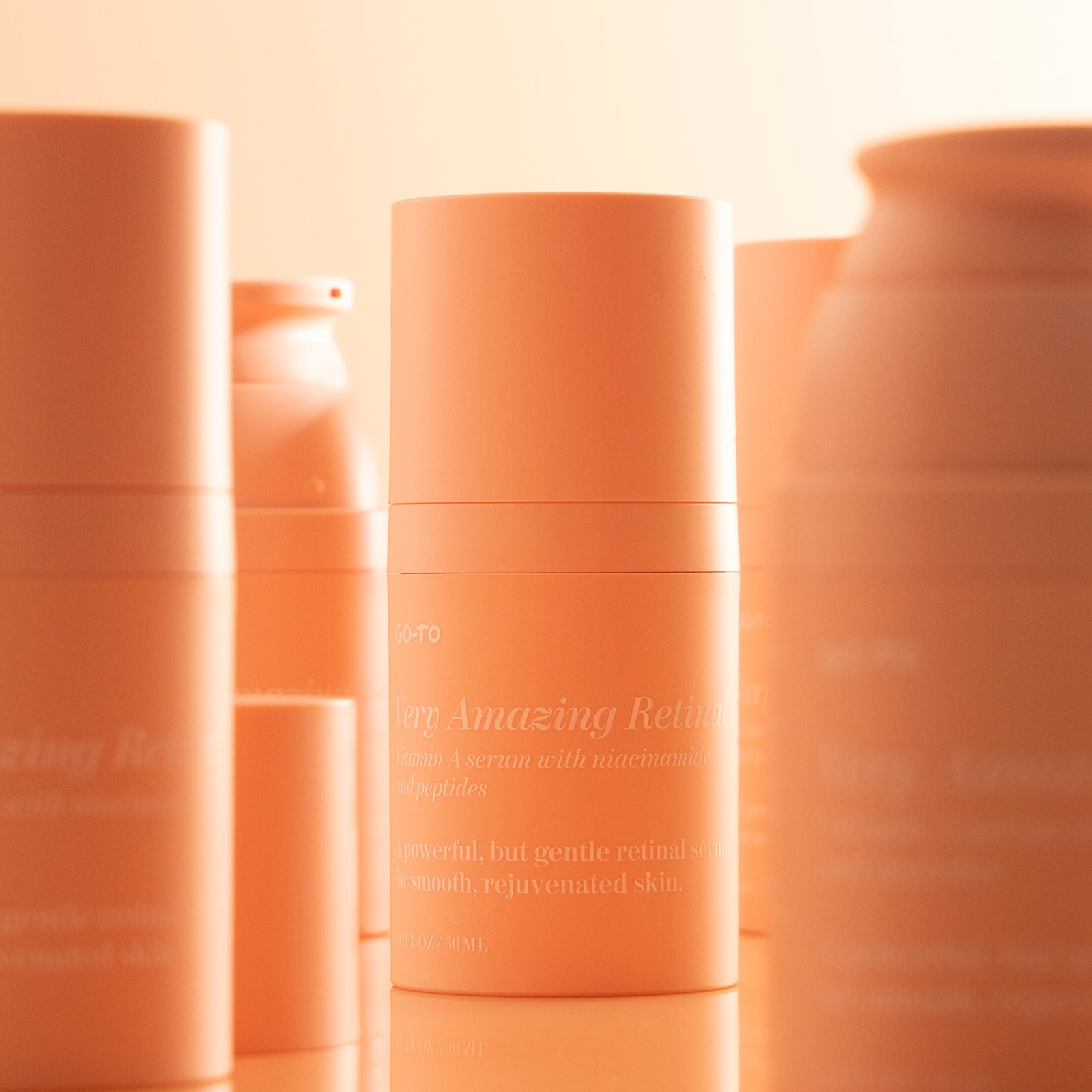
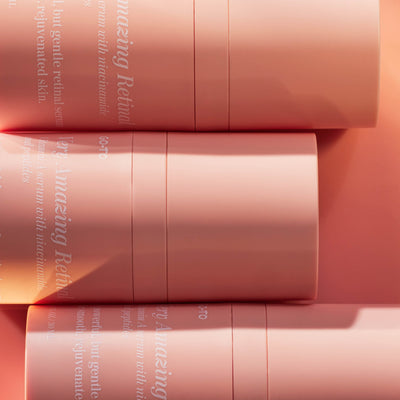
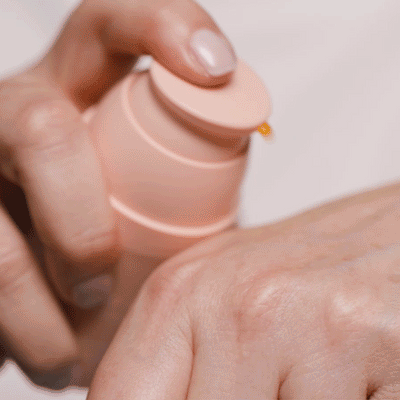


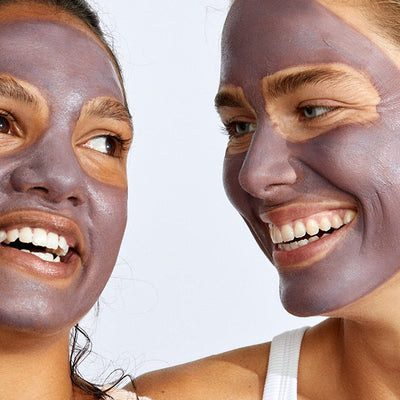

Comments